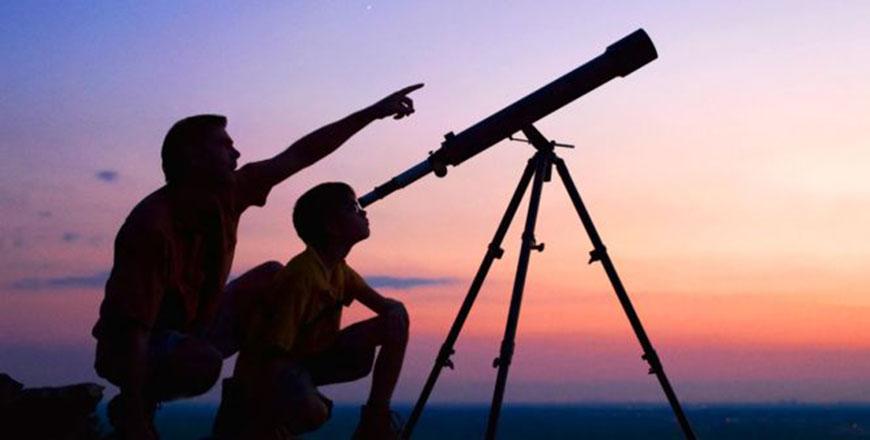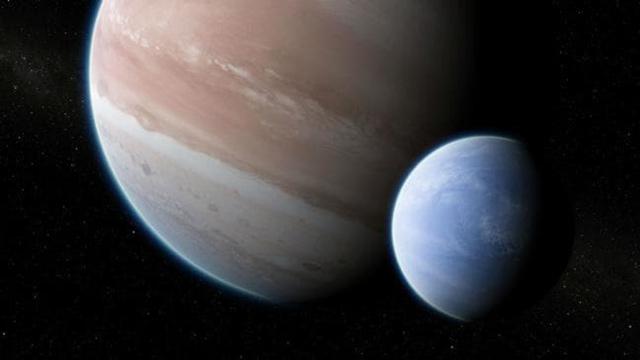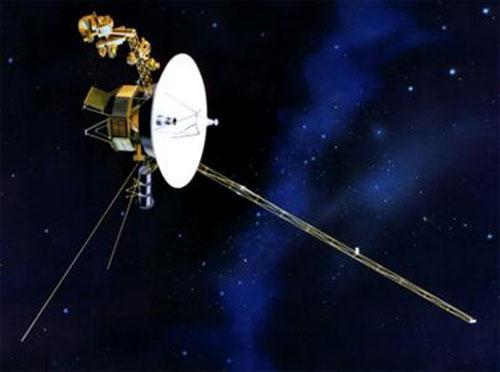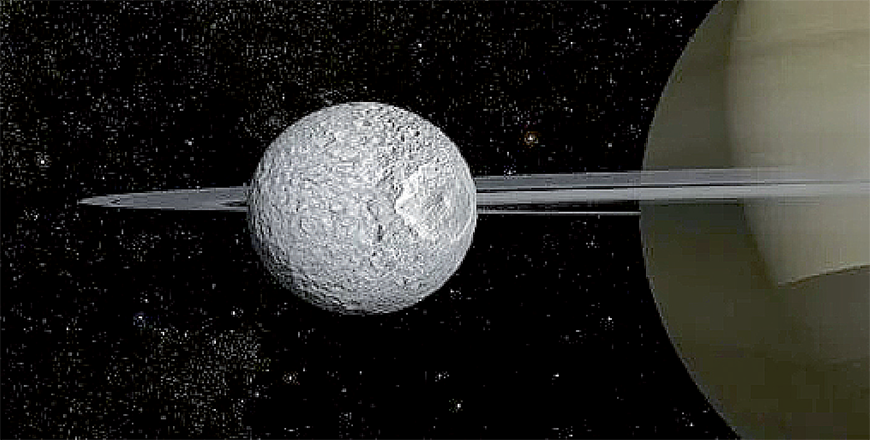You are here
Moons of Jupiter include ‘wrong-way driver’
By Reuters - Jul 19,2018 - Last updated at Jul 19,2018

AFP photo
WASHINGTON — Astronomers on Tuesday announced the discovery of ten more moons of Jupiter, bringing to 79 the number known to be circling the giant gas planet, including one “wrong-way driver” that appears destined to crash into other moons sharing its orbital highway.
All the newly identified moons are relatively small. While Jupiter, the fifth planet from the Sun, has large moons such as Ganymede — the biggest in the solar system with a diameter of 5,268km — the new ones range in size from about six-tenths of one kilometre to four kilometre. That is tiny compared to Jupiter’s diameter of 142,984km.
A research team led by astronomer Scott Sheppard of the Carnegie Institution for Science in Washington has identified 12 small Jovian moons, including the ten described on Tuesday. Sheppard said these moons were probably objects that formed near Jupiter during the early days of the solar system and were “captured” by the planet’s strong gravitational pull.
“Jupiter is like a big vacuum cleaner because it’s so massive,” Sheppard said. “These objects started orbiting Jupiter, instead of falling into it. So we think they are intermediate between rocky asteroids and icy comets. So they’re probably half ice and half rock.”
The most interesting of the new moons is Valetudo, named after the ancient Roman god Jupiter’s great-granddaughter, the goddess of health and hygiene. Valetudo orbits Jupiter in the same direction that the planet spins, but a bunch of other small moons share the same orbital path while traveling in the opposite direction.
“Valetudo’s going down the highway the wrong way, so it’s very likely it will collide with these other objects. It probably has collided with them over time,” Sheppard said.
Jupiter’s 79 known moons are the most of any planet in the solar system, followed by the 62 identified around the giant ringed gas planet Saturn. Sheppard said Jupiter and Saturn may actually have a similar number of moons, with some of Saturn’s smaller ones not yet detected.
A moon is defined as any object, regardless of size, that orbits a planet, not the Sun. Only the two innermost planets in the solar system, Mercury and Venus, have none. Of Jupiter’s 79 moons, 26 remain unnamed, including nine of the ten new ones.
Related Articles
WASHINGTON — Astronomers have pinpointed what appears to be the first moon detected outside our solar system, a large gaseous world th
MIAMI — Are we alone? Forty years ago, NASA rocket scientists sought to answer this question by launching the Voyager spacecraft, twin
PARIS — Saturn’s small moon Mimas seems an unlikely suspect in the hunt for life in Earth’s backyard — it is probably best known for looking














